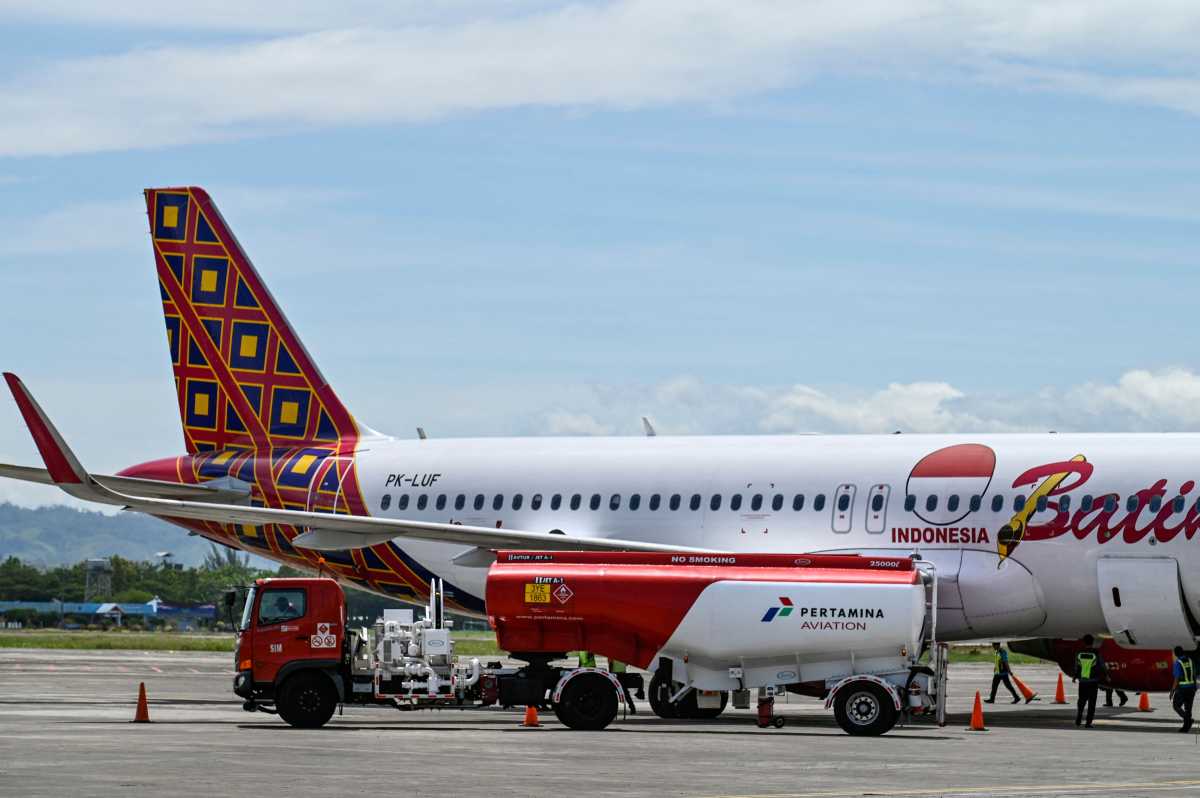News
Indonesian Airline Incident: Pilots Fall Asleep During Flight with 150 Passengers on Board

An alarming incident unfolded during a recent Batik Air flight in Indonesia, where two pilots were found to have fallen asleep for almost 30 minutes while the aircraft was airborne with over 150 passengers on board.
The event occurred during a roundtrip journey between Halu Oleo Airport in Kendari and Soekarno-Hatta International Airport in Jakarta on January 25th, as detailed in the report by Indonesia’s National Transportation Safety Committee.
On the outbound flight segment from Jakarta to Kendari, the second-in-command PIC – a 28-year-old with significant flight hours – expressed fatigue to the pilot in command, leading to a brief rest period.
As the return flight to Jakarta commenced with 153 passengers and four flight attendants, the commanding PIC requested the second-in-command SIC – who had napped earlier – to take a rest, only to find both pilots succumbing to sleep at an altitude of over 36,000 feet.
Efforts from air traffic controllers, including those from Jakarta ACC, to reach the aircraft went unanswered for a prolonged 28 minutes until the commanding pilot awoke, realizing the aircraft had deviated off its intended course.
After the awakening, the pilot quickly corrected the flight path, and the plane was landed safely in Jakarta without any injuries or damages, despite the concerning incident.
The primary pilot had a rest period of 35 hours before the flight, engaging in activities like exercising, family visits, and relaxation, while the second pilot – a new father of twins who recently moved houses – had 53 hours of rest time, as indicated in the report.
Batik Air has taken action by suspending the two pilots involved, and the National Transportation Safety Committee has suggested preventative measures, including enhancing pilot self-assessment checklists and reinforcing cockpit check procedures to avoid future occurrences.
This incident underscores the critical importance of pilot readiness and highlights the need for strict adherence to safety protocols within the aviation industry.












